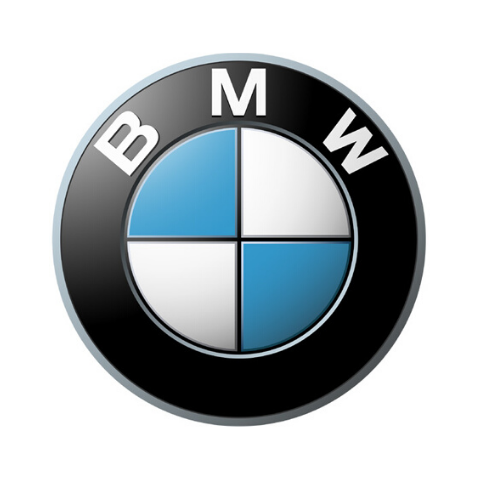1928 BMW Dixi

The descriptions of the Classic Cars in the Directory were partly generated or supplemented with the help of artificial intelligence (AI). The content may occasionally not always be entirely accurate or factually correct despite careful checking.
The BMW Dixi 1928 is a classic car that has been celebrated for its timeless design, reliability, and exceptional performance. This automobile, produced by the German automaker BMW, is a perfect example of the company's commitment to superior craftsmanship and pioneering engineering.
The BMW Dixi 1928's performance is driven by a 749cc and 18 hp four-cylinder engine, which is capable of producing up to 3,500 RPM. Its cylinder block and head are made of cast iron, and the engine is water-cooled with a thermo-syphon system. The car can reach a top speed of 50 mph, which is quite impressive for a vehicle of its age.
The BMW Dixi 1928 features a four-speed manual transmission that provides for smooth shifting and optimal handling. The car also includes a conventional clutch and brake setup, with drum brakes on all four wheels. The suspension system is a semi-elliptical leaf spring, providing for a smooth ride even on rough terrain.
The BMW Dixi 1928's overall design includes a lightweight steel body, an open roof, and a sleek profile, giving the car a sporty and elegant look. The car's dimensions are also worth mentioning, with a length of 2,650 mm, a width of 1200 mm, and a height of 1,630 mm. Its wheelbase is 1,600 mm, with a ground clearance of 200mm.
The interior of the BMW Dixi 1928 is equally impressive, featuring a roomy cabin with cozy and comfortable bucket seats. The car's dashboard includes a speedometer, fuel gauge, and other essential gauges. It also has a manual/automatic choke control, making it easy to operate in all conditions.
In conclusion, the BMW Dixi 1928 remains a timeless classic car with a perfect blend of performance, style, and enhanced engineering features. Its technical details stand out, making it a favorite with auto enthusiasts and collectors worldwide. The car is not just a treasured asset to its owners but also an emblem of BMW's rich history of producing some of the world's most innovative automobiles.
Milestones
- 1927: BMW acquires the license to produce the Austin Seven, a popular car in England at the time. - Summer 1928: The first BMW Dixi prototypes are produced. - September 21, 1928: The BMW Dixi is officially presented to the public at the Leipzig Trade Fair. It becomes the first car produced by BMW and marks the company's entry into the automotive industry. - November 1, 1928: The first BMW Dixi models begin rolling off the production line at the Eisenach plant. - 1929: Production of the BMW Dixi expands to include new models, such as the convertible and the two-seater Sports Roadster. - 1930: Sales of the BMW Dixi surpass 10,000 units. - 1931: Production of the BMW Dixi is discontinued as BMW shifts its focus to producing larger, more luxurious cars. However, the Dixi remains an important part of BMW's history as its first car.Technical
- The BMW Dixi was a small car produced by the German automaker BMW from 1927 to 1931. - The car was based on the Austin 7, which BMW began producing under license from British manufacturer Austin in 1928. - The car's engine was a 746 cc inline-four-cylinder engine that produced 15 horsepower. - The car had a four-speed manual transmission. - The BMW Dixi had a top speed of approximately 50 miles per hour. - The car was available in a variety of body styles, including a 2-door roadster, a 2-door coupe, and a 4-door sedan. - The BMW Dixi was the first car produced by BMW after the company shifted its focus from aircraft engines to automobiles following World War I. - The car helped establish BMW as a major player in the automotive industry, paving the way for the company's later success with models like the BMW 328 and the BMW 3 Series.